Bela Lyon Pratt designer Obverse: In sunk relief: Head of Indian left, wearing a feathered war bonnet; thirteen stars; broken above by LIBERTY, and below by the date (1914); below truncation of bust, designer's initials, B.L.P. Reverse: In sunk relief: Eagle standing left on a bundle of arrows entwined with a laurel branch; above, UNITED•STATES•OF•AMERICA; below, FIVE•DOLLARS; to left, E / PLURIBUS / UNUM, in three lines; to right, IN / GOD / WE / TRUST, in four lines. Condition: NGC Proof 68 (Certificate number: 1963253-009 – Photo Proof 10-07). Tightly granular surfaces with no shiny spots to mar the olive finish which is highlighted by sparkling golden flashes. A minuscule mint-caused planchet 'dimple' above the Indian's head is an identifier. The tiny mint-caused inclusion on the reverse near the T of LIBERTY is diagnostic and appears on most examples. A great coin. References: Breen (Encyclopedia) 6822; Breen (Proofs) p. 216; Garrett-Guth (Encyclopedia) p. 311; Akers (1979) p. 359; United States Mint, Operating Records, "Medal Book," 1906-1916, NARA, Philadelphia. (PCGS 8545) Condition Census: Tied for finest known. NGC lists a mere three other coins as Proof 68 and none higher; PCGS lists no examples this fine (topping out at Proof 66+). An analysis of auction records and the NGC census reveals that all the Proof 68 examples were certified prior to November 2005, and none have appeared at auction since 2006. (07-13) Rarity: Extremely rare. The long-accepted mintage of 125 pieces is accurate; 160 were struck, but there was a high rejection rate, and it is well-known as a difficult date to find so well-preserved. Akers notes it is "very rare." Breen notes that it was less often seen than some, while Garrett and Guth noted 45 examples have been graded, but this will include duplications. Provenance: Sam and Rie Bloomfield Foundation Collection, Sotheby's, December 16, 1995, lot 53; "superb" ($20,900), Sam Bloomfield (prior to 1979); via Abe Kosoff, circa 1970. Note: The so-called Satin or Roman finish proofs were unpopular from the start, not only because they didn't resemble any proof surface collectors were used to, but they didn't look like anything special at all. William H. Woodin took up the cause on behalf of his fellow collectors (whom Woodin amusingly called "a very peculiar class of people"), contacting Mint Director (and later Assistant Treasury Secretary) A. Piatt Andrew. After some back and forth, in late summer of 1910 the matter was settled by a resolution passed by the American Numismatic Association. A side-by-side comparison with the Satin Finish and Matte Finish (called "dull finish" in the contemporary documents) found that the matte surfaces better highlighted the designs and beginning in 1911 until the end of gold proof production in 1915, all future gold proof issues would bear this surface.
Bela Lyon Pratt designer Obverse: In sunk relief: Head of Indian left, wearing a feathered war bonnet; thirteen stars; broken above by LIBERTY, and below by the date (1914); below truncation of bust, designer's initials, B.L.P. Reverse: In sunk relief: Eagle standing left on a bundle of arrows entwined with a laurel branch; above, UNITED•STATES•OF•AMERICA; below, FIVE•DOLLARS; to left, E / PLURIBUS / UNUM, in three lines; to right, IN / GOD / WE / TRUST, in four lines. Condition: NGC Proof 68 (Certificate number: 1963253-009 – Photo Proof 10-07). Tightly granular surfaces with no shiny spots to mar the olive finish which is highlighted by sparkling golden flashes. A minuscule mint-caused planchet 'dimple' above the Indian's head is an identifier. The tiny mint-caused inclusion on the reverse near the T of LIBERTY is diagnostic and appears on most examples. A great coin. References: Breen (Encyclopedia) 6822; Breen (Proofs) p. 216; Garrett-Guth (Encyclopedia) p. 311; Akers (1979) p. 359; United States Mint, Operating Records, "Medal Book," 1906-1916, NARA, Philadelphia. (PCGS 8545) Condition Census: Tied for finest known. NGC lists a mere three other coins as Proof 68 and none higher; PCGS lists no examples this fine (topping out at Proof 66+). An analysis of auction records and the NGC census reveals that all the Proof 68 examples were certified prior to November 2005, and none have appeared at auction since 2006. (07-13) Rarity: Extremely rare. The long-accepted mintage of 125 pieces is accurate; 160 were struck, but there was a high rejection rate, and it is well-known as a difficult date to find so well-preserved. Akers notes it is "very rare." Breen notes that it was less often seen than some, while Garrett and Guth noted 45 examples have been graded, but this will include duplications. Provenance: Sam and Rie Bloomfield Foundation Collection, Sotheby's, December 16, 1995, lot 53; "superb" ($20,900), Sam Bloomfield (prior to 1979); via Abe Kosoff, circa 1970. Note: The so-called Satin or Roman finish proofs were unpopular from the start, not only because they didn't resemble any proof surface collectors were used to, but they didn't look like anything special at all. William H. Woodin took up the cause on behalf of his fellow collectors (whom Woodin amusingly called "a very peculiar class of people"), contacting Mint Director (and later Assistant Treasury Secretary) A. Piatt Andrew. After some back and forth, in late summer of 1910 the matter was settled by a resolution passed by the American Numismatic Association. A side-by-side comparison with the Satin Finish and Matte Finish (called "dull finish" in the contemporary documents) found that the matte surfaces better highlighted the designs and beginning in 1911 until the end of gold proof production in 1915, all future gold proof issues would bear this surface.
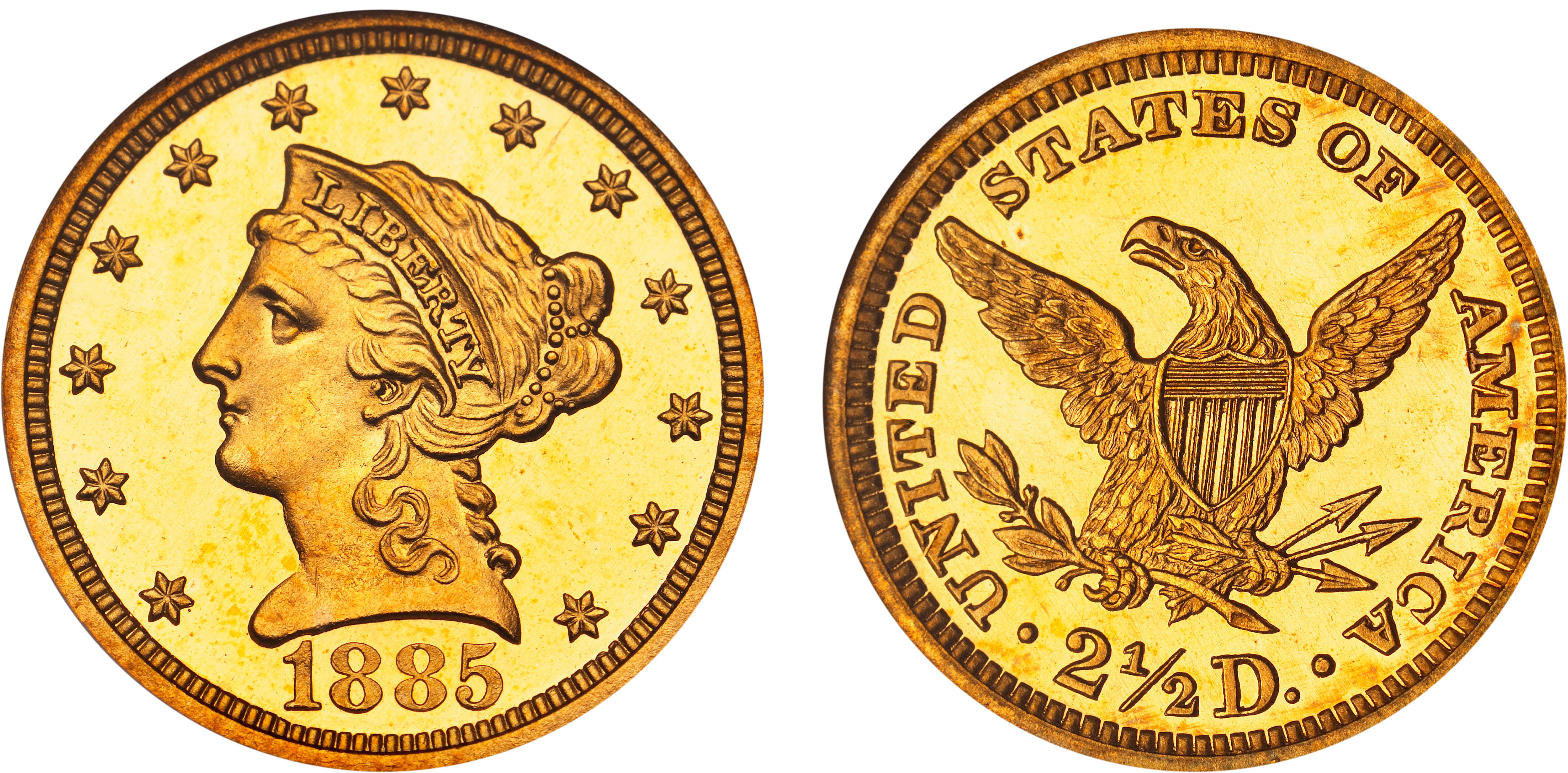
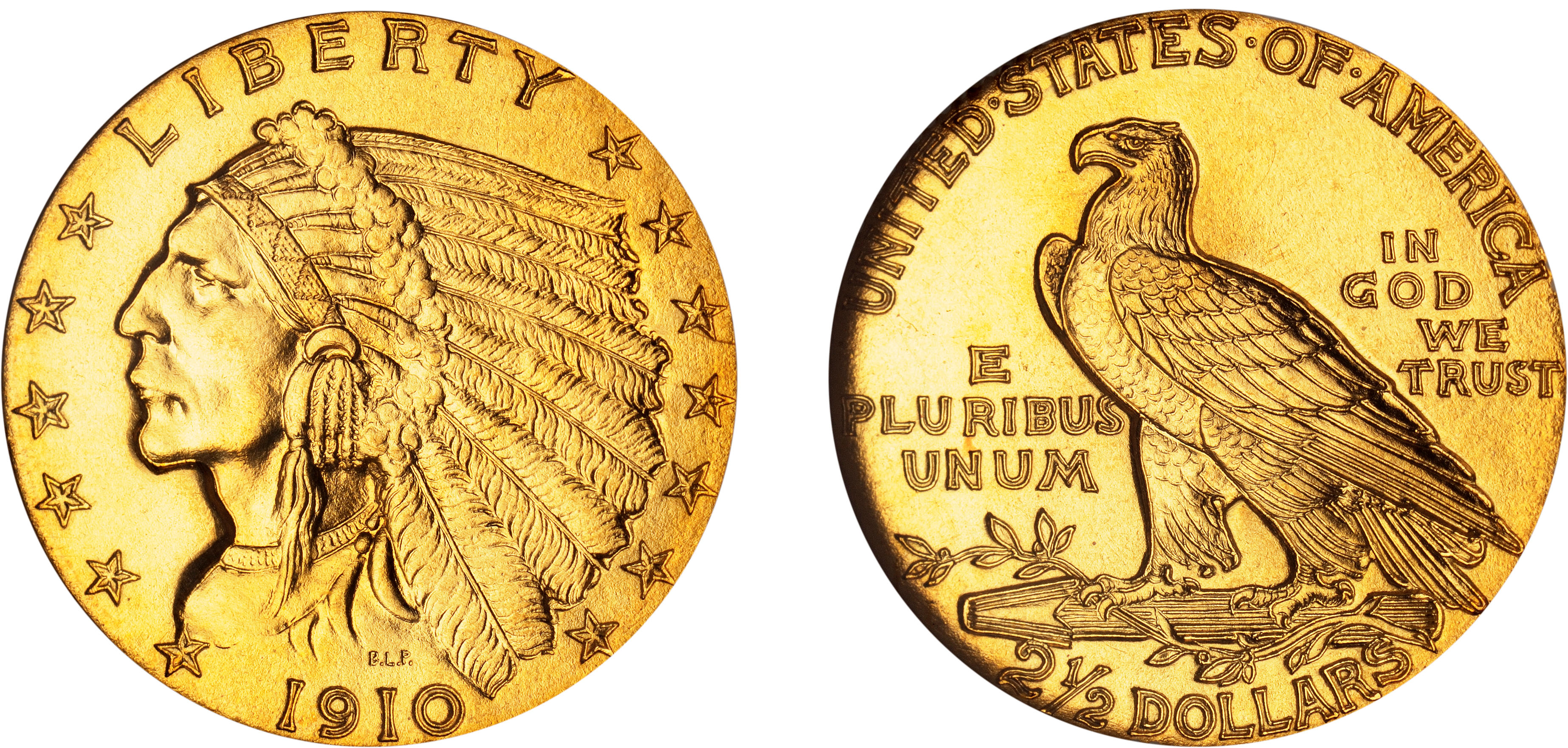
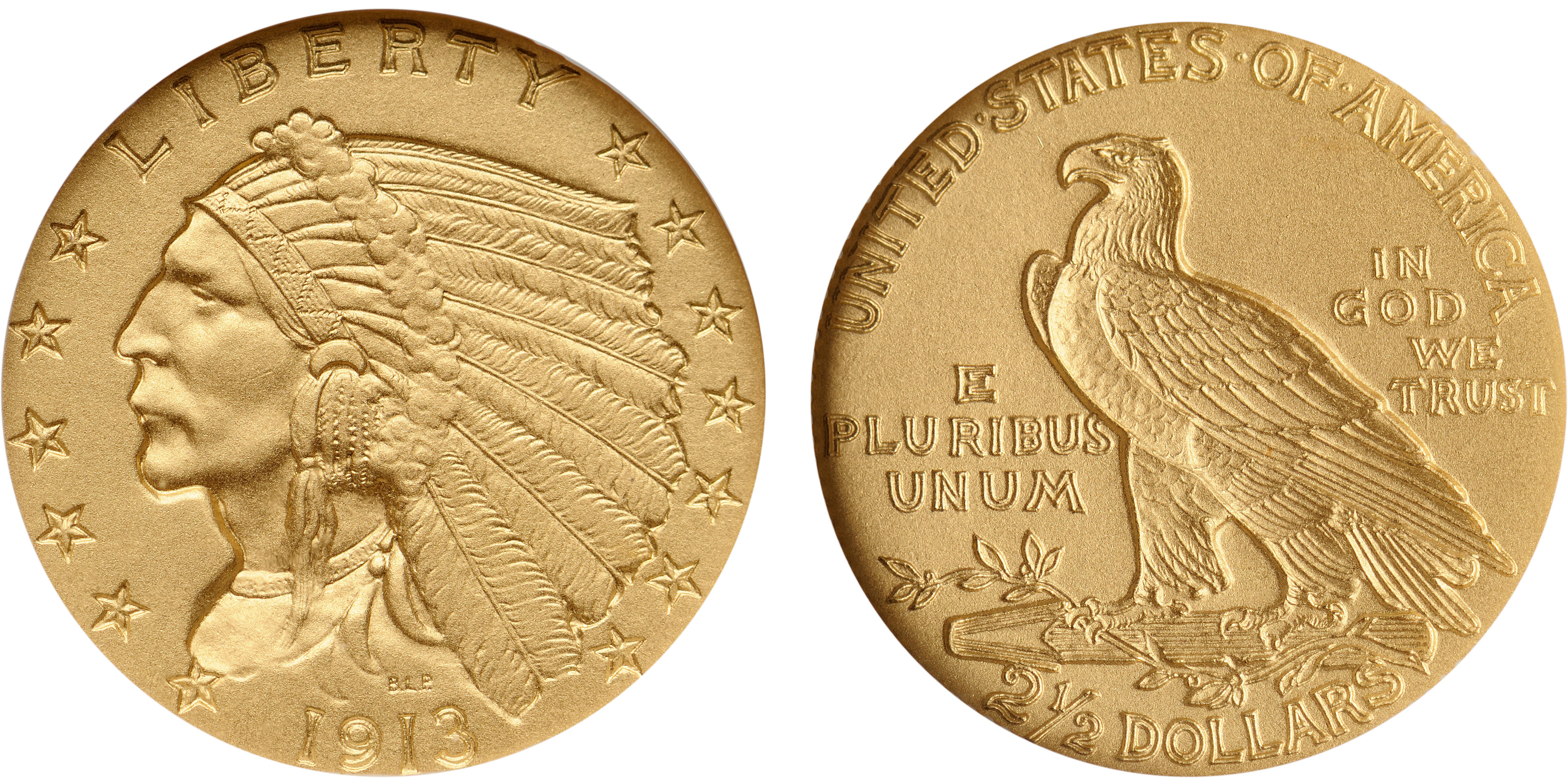
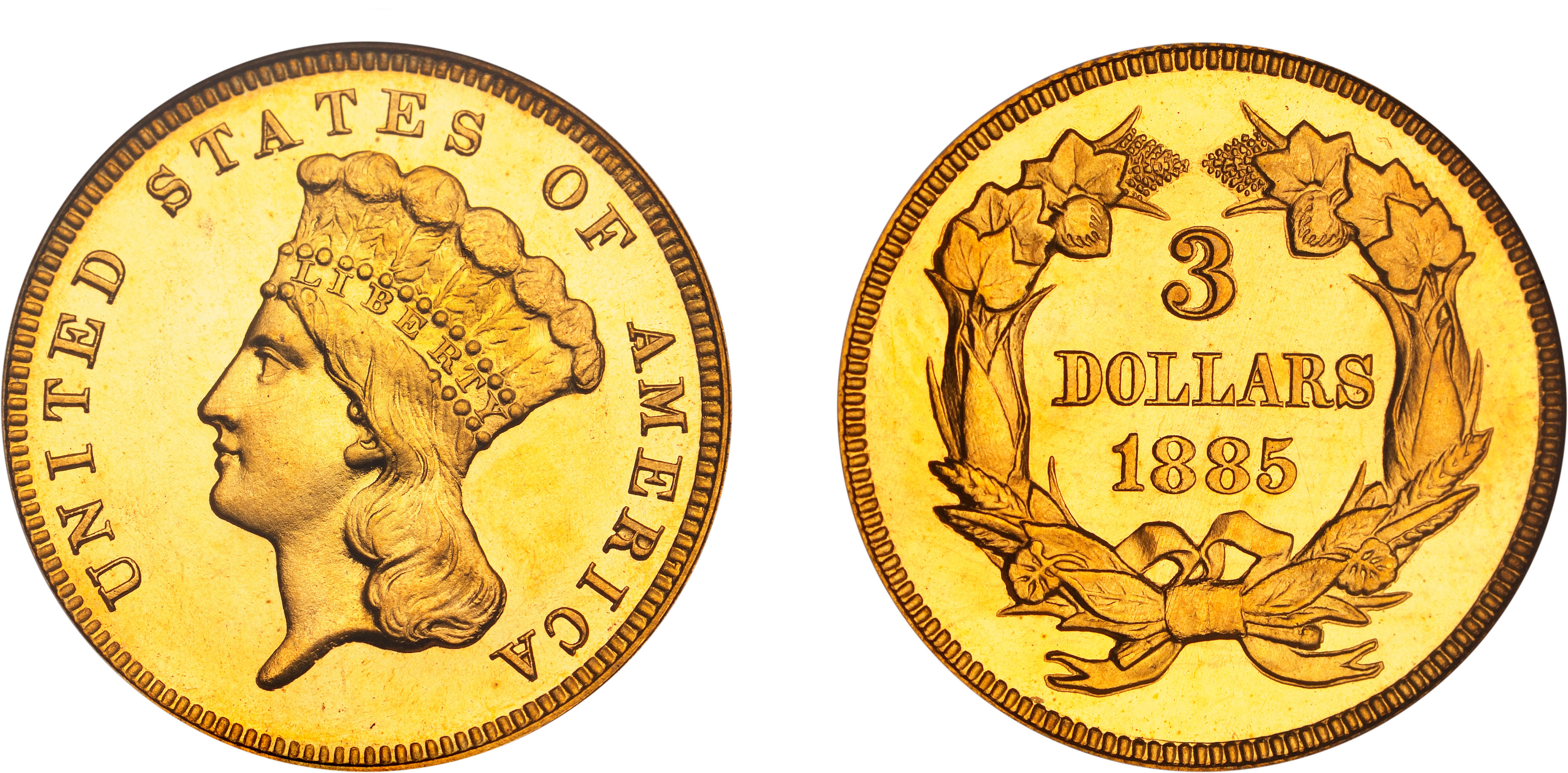
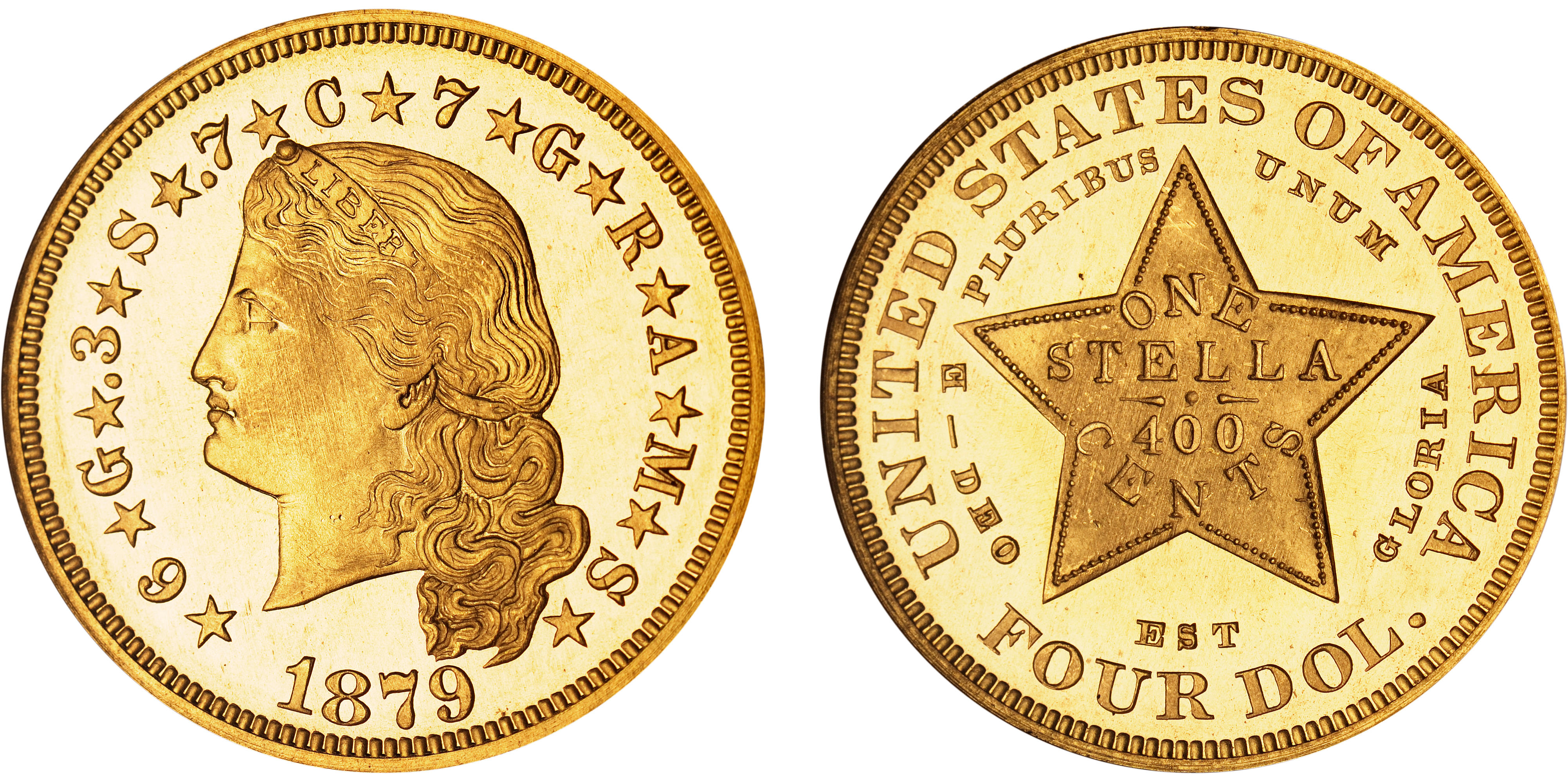
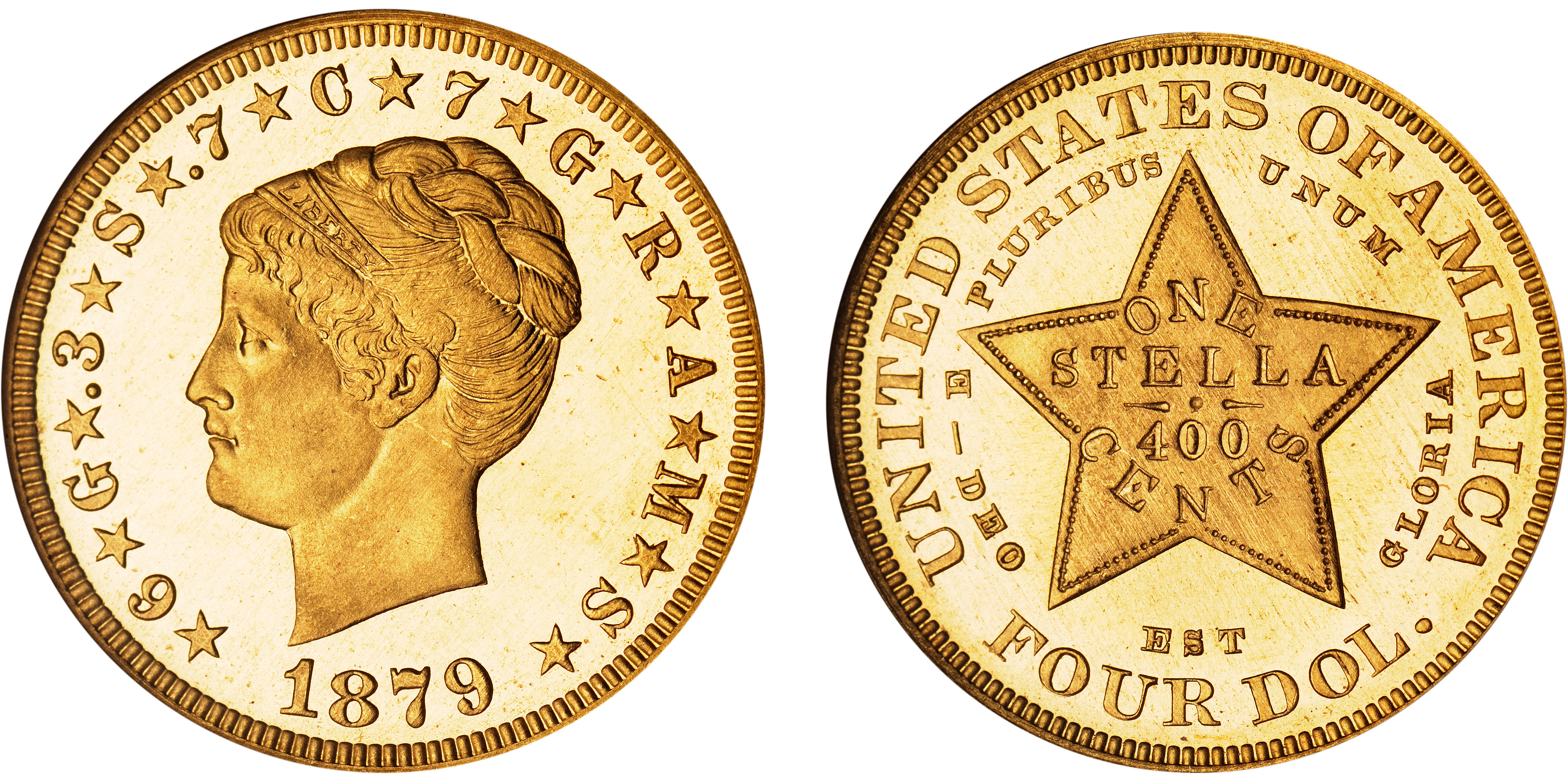
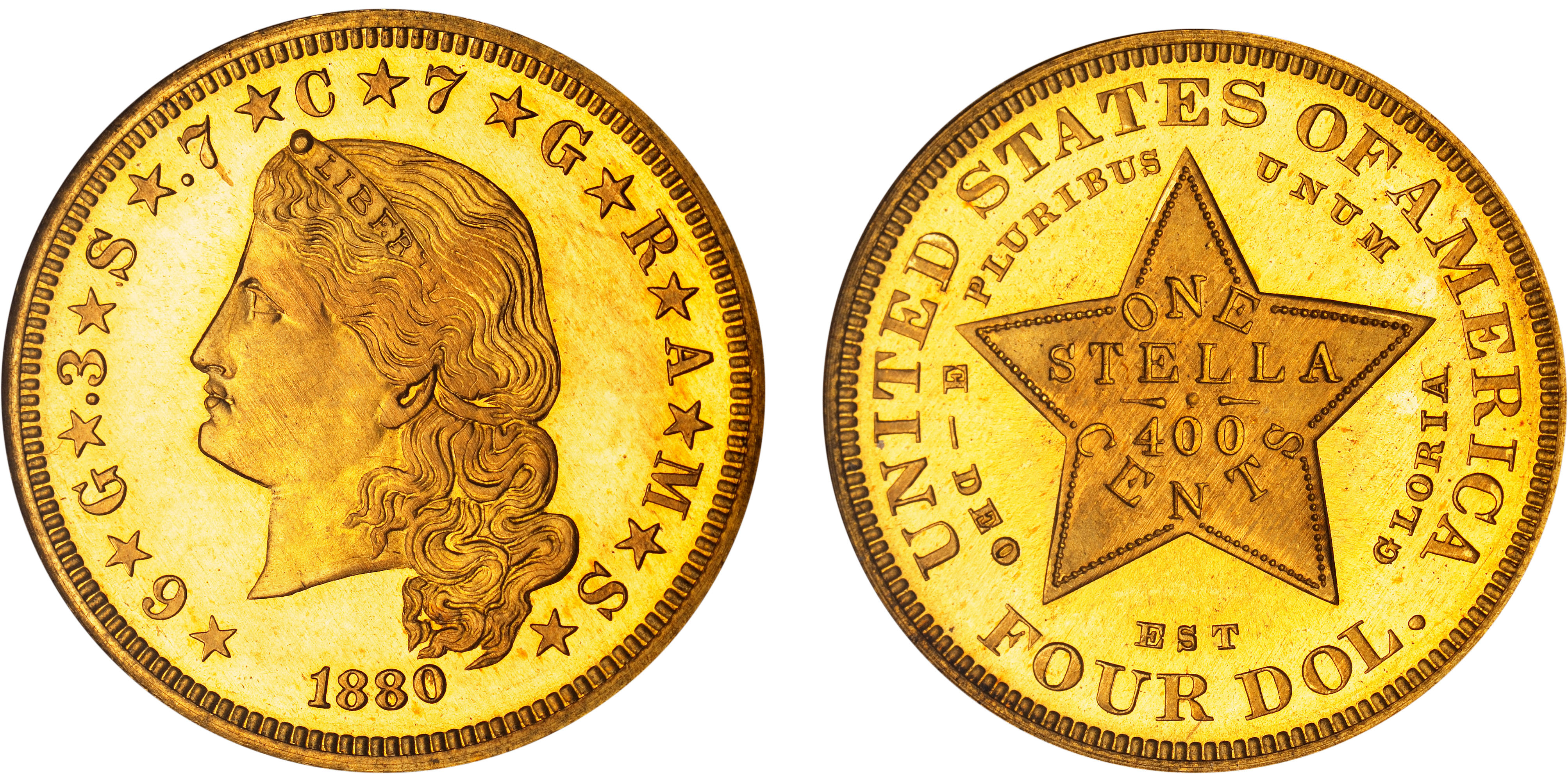
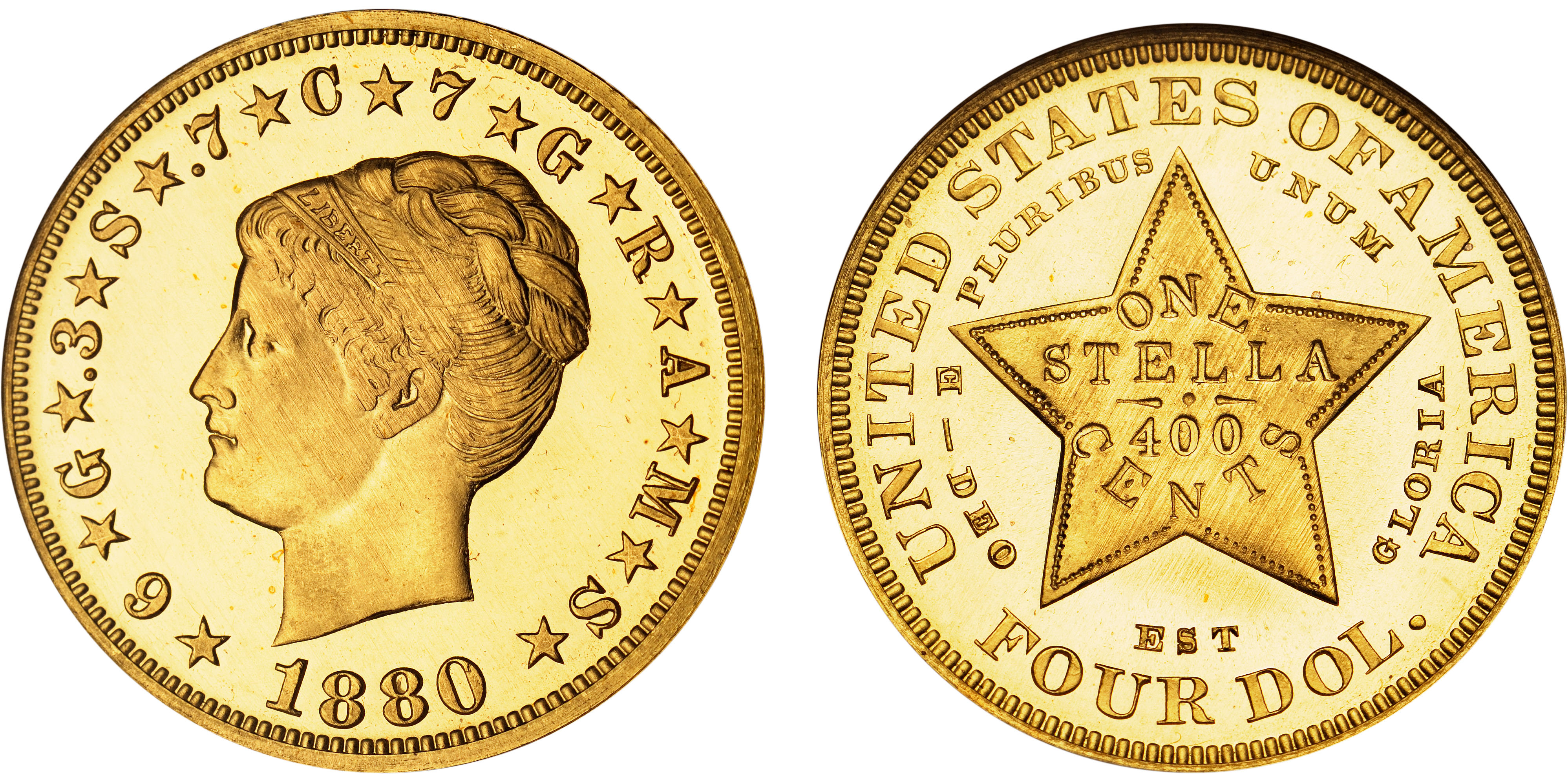
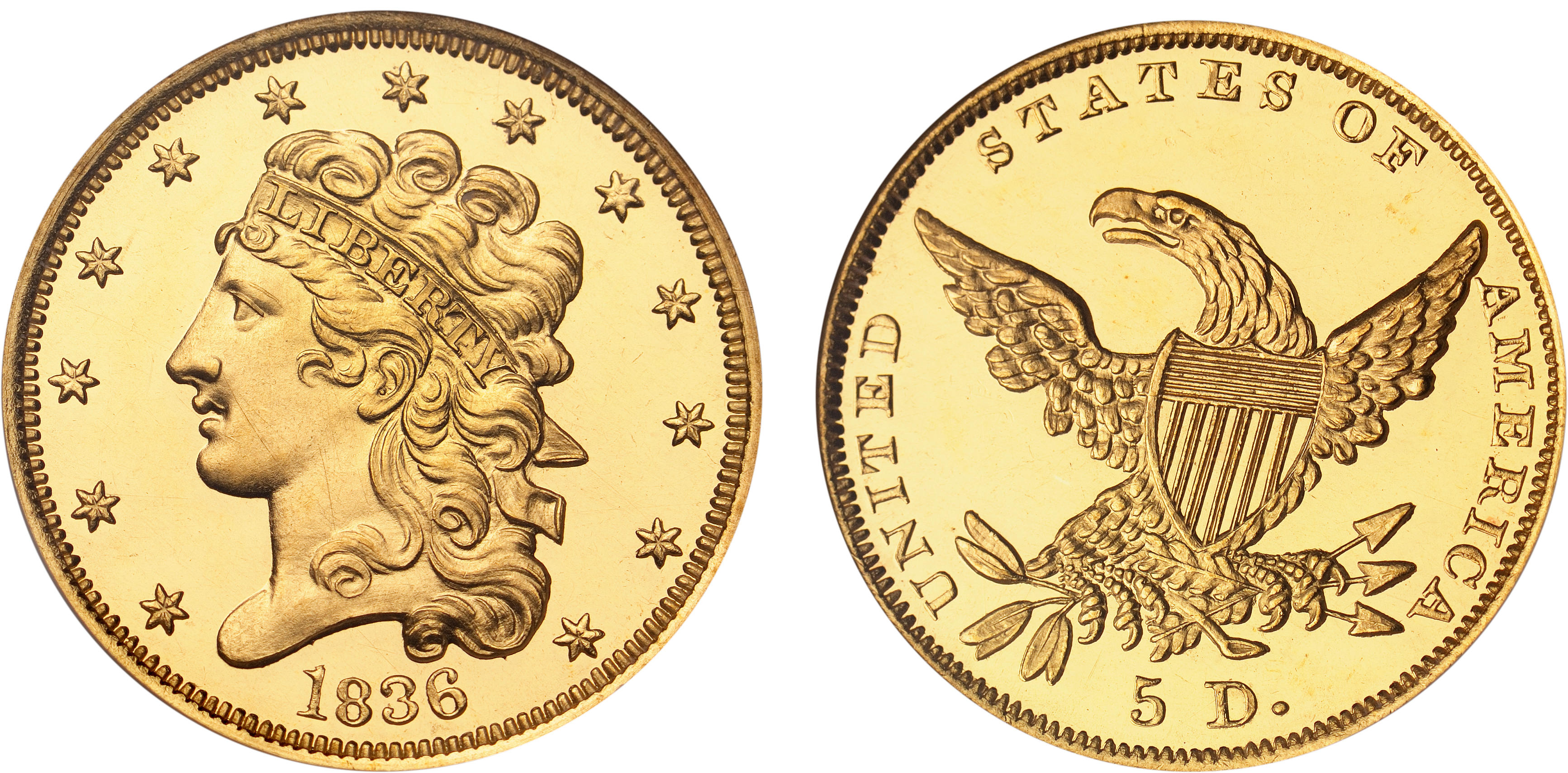
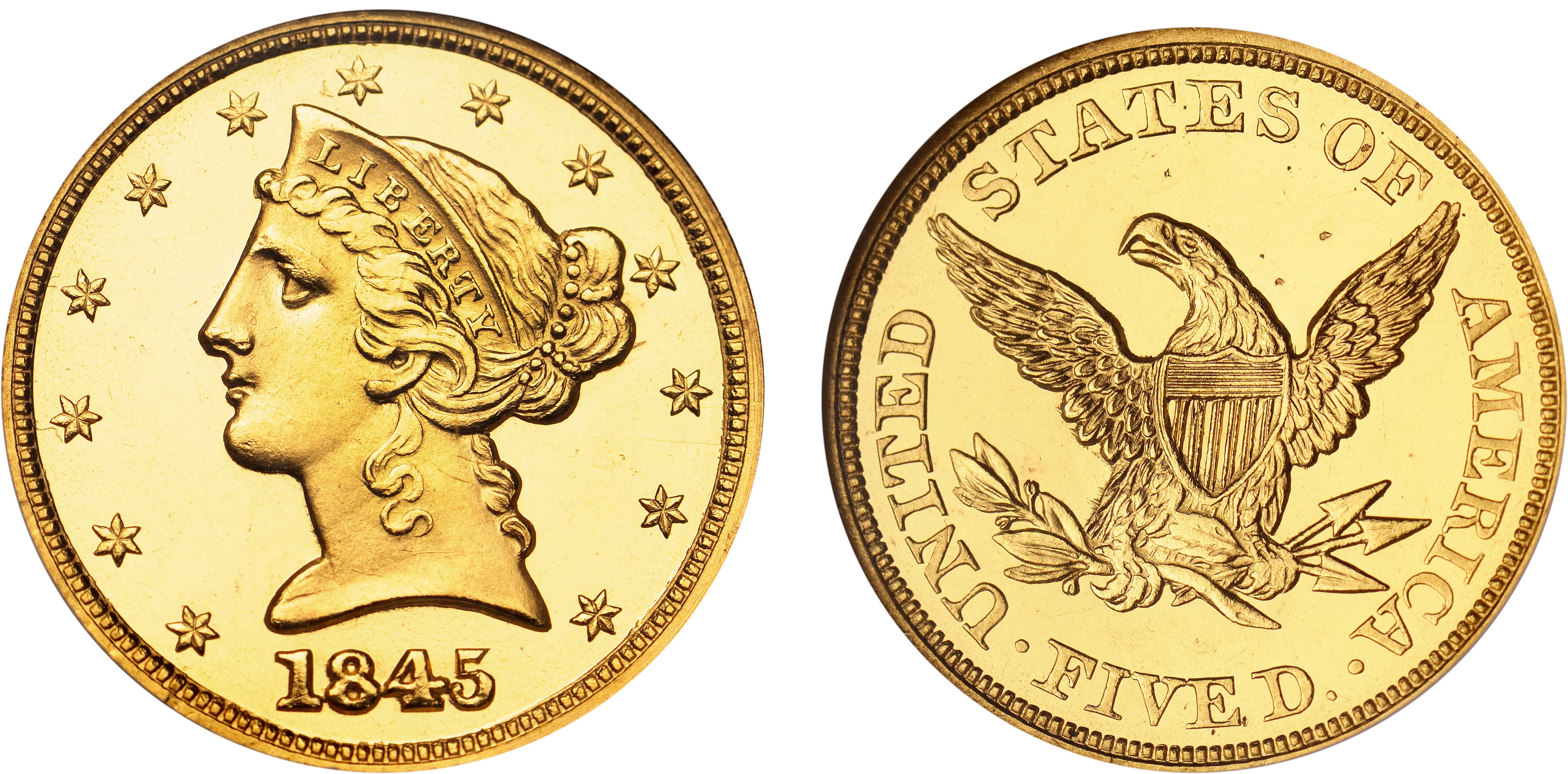


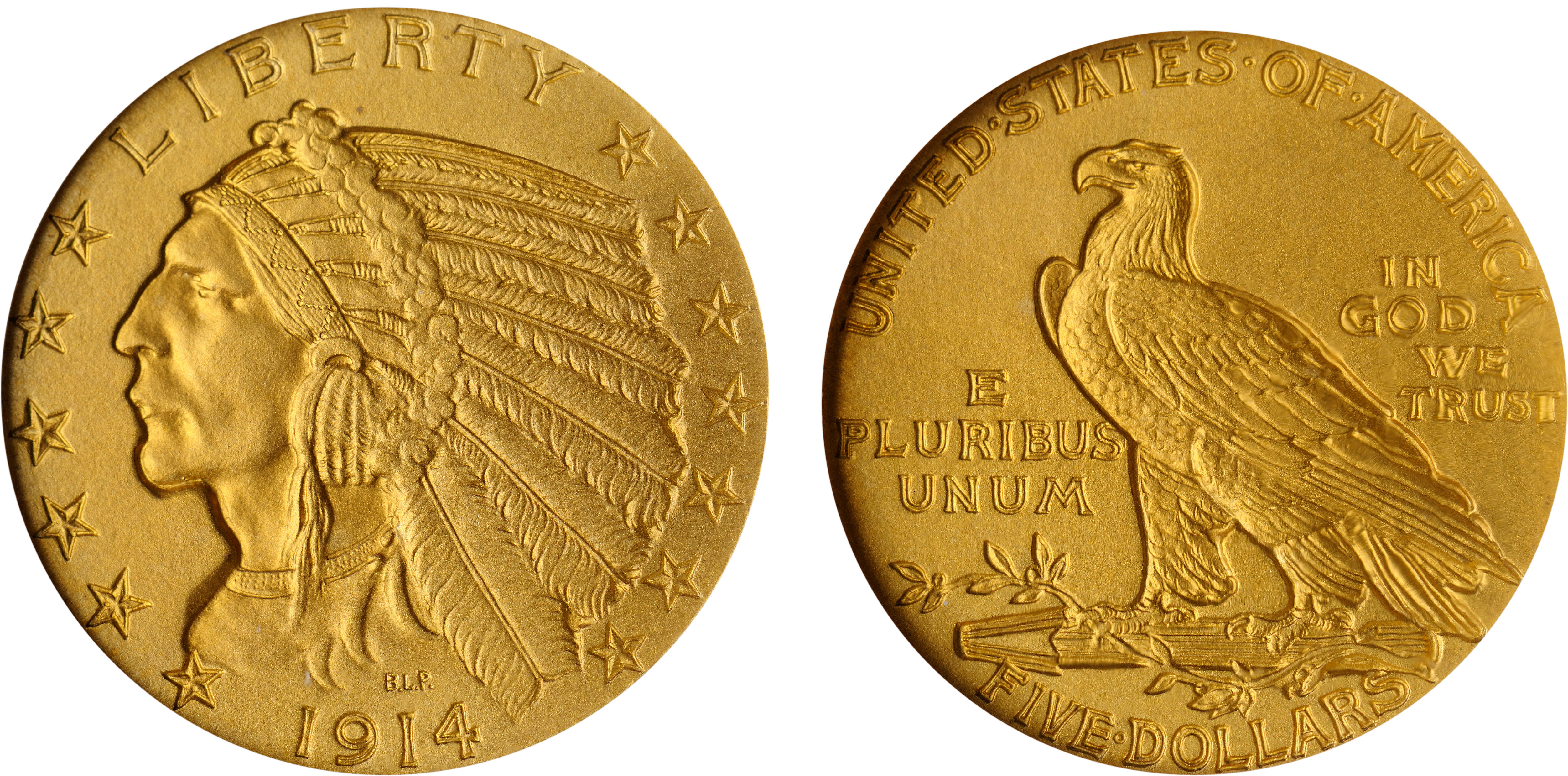
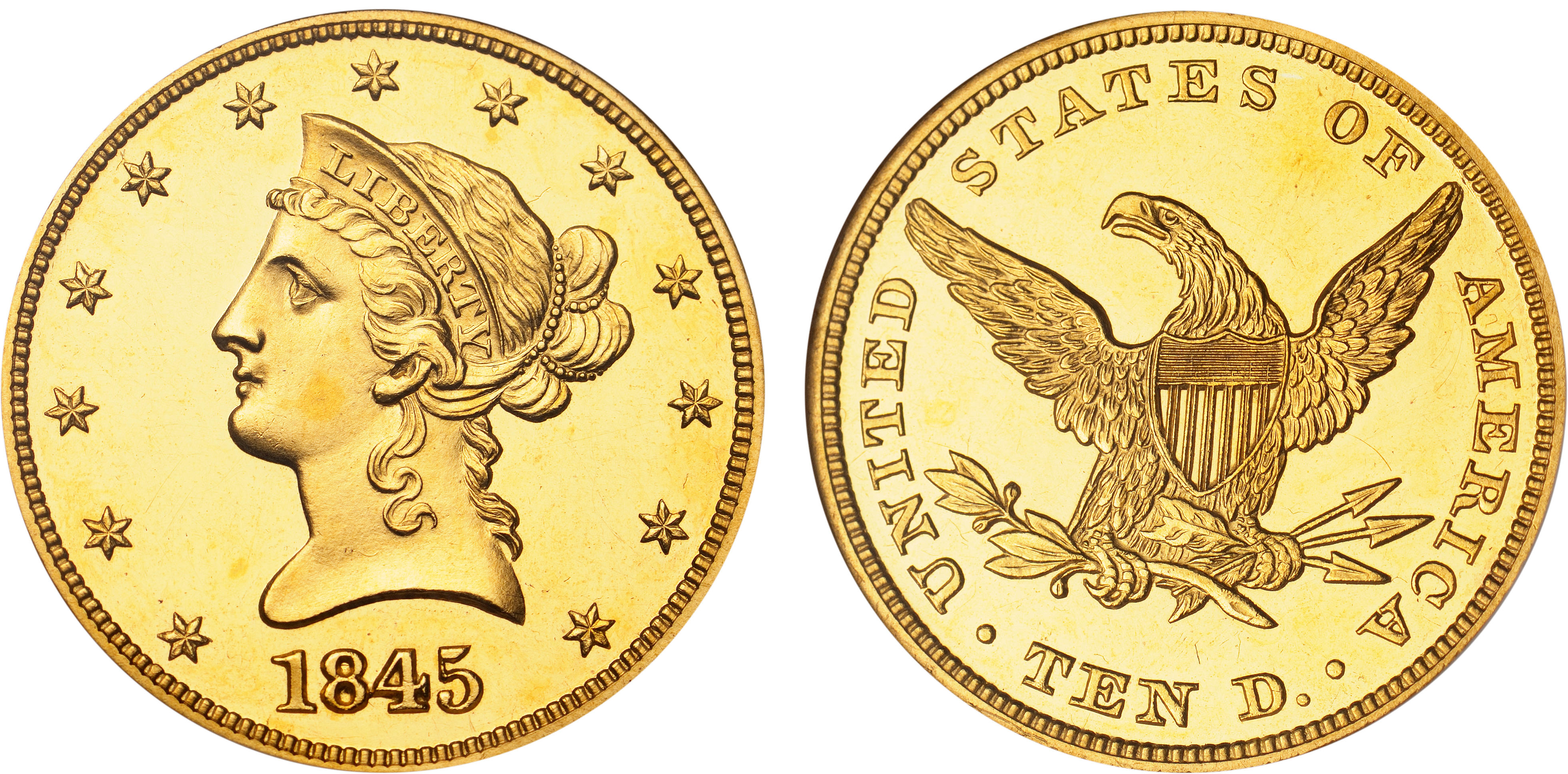
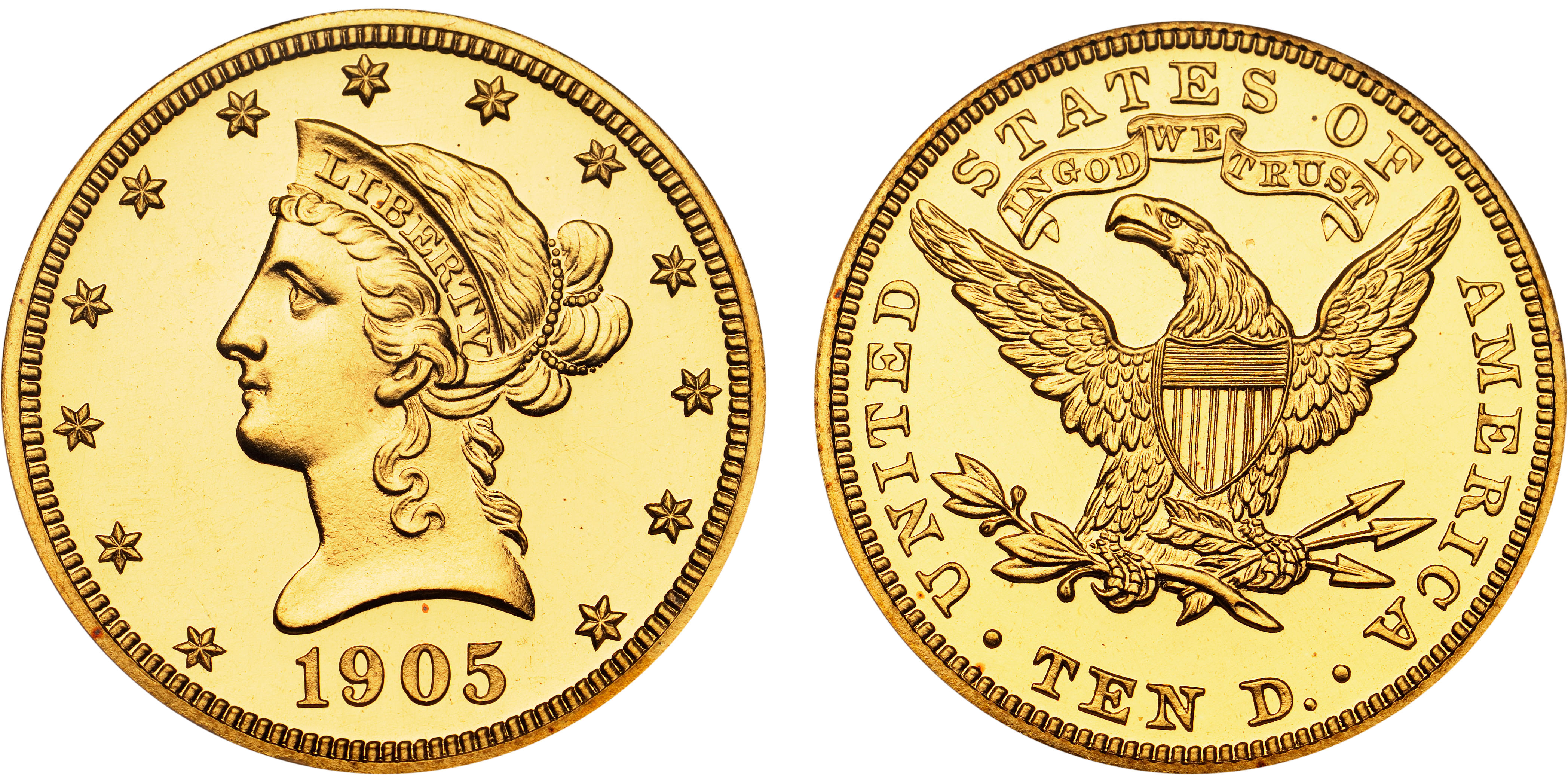
Testen Sie LotSearch und seine Premium-Features 7 Tage - ohne Kosten!
Lassen Sie sich automatisch über neue Objekte in kommenden Auktionen benachrichtigen.
Suchauftrag anlegen